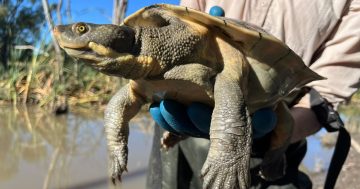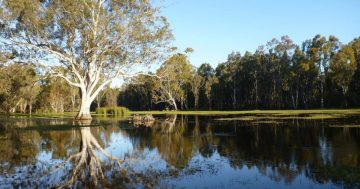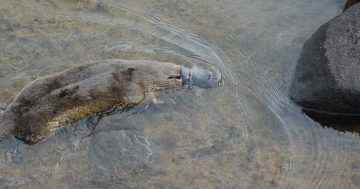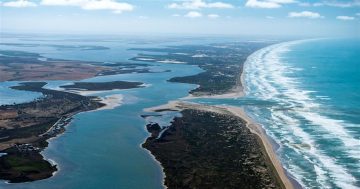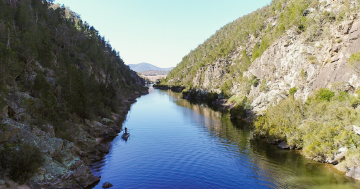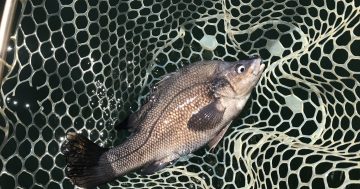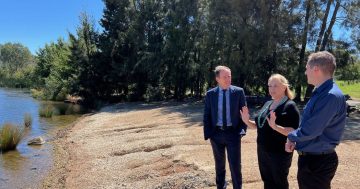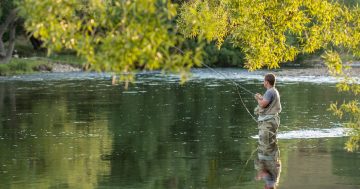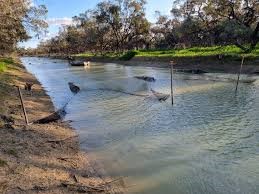 The Commonwealth Environmental Water Holder has announced he will use water this year to support the new waterbird fledglings and young native fish born during the flood years, while keeping an eye on the anticipated return of El Niño, which could bring drought and heatwaves in Australia.
The Commonwealth Environmental Water Holder has announced he will use water this year to support the new waterbird fledglings and young native fish born during the flood years, while keeping an eye on the anticipated return of El Niño, which could bring drought and heatwaves in Australia.
The Water Holder, Simon Banks said that over the past 12 months the Darling-Baaka and Murray rivers had flowed at their highest levels in decades, replenishing wetlands, floodplains and forests.
Dr Banks said rivers reconnected throughout the Murray–Darling Basin, with native fish like the Golden perch spawning and travelling thousands of kilometres.
He said flooding and water for the environment paved the way for waterbirds like Pelicans, Straw-necked Ibis, Royal Spoonbill and Egrets to breed in massive numbers.
“High flows also flushed salt out of the Murray Mouth and significantly reduced salinity levels in the Coorong to healthy levels that support native fish, wetland plants and animals.”
Dr Banks said the focus was building on the gains provided by the floods over the last couple of years with environmental flows already underway for the 2023–24 water year, but there is more to do.
“Commonwealth environmental water has worked hand-in-hand with wet conditions to breathe life back into our rivers and wetlands, benefiting waterbirds and native fish and other water-dependent species,” Dr Banks said.
“Waterbird populations have experienced continuous decline over the past 40 years. Native fish populations have declined by 90 per cent over the past 150 years,” he said.
“Reversing these declines requires long-term action with careful and strategic use of water for the environment.”
He said that with lots of young, hungry waterbirds to feed, water for the environment would be used this year to ensure wetland habitat was available for shelter and food.
“For native fish, our focus is ensuring there are river flows that provide cues for them to breed and move between rivers,” Dr Banks said. “We’re also targeting areas that were affected by poor water quality caused by flooding.”
He said effective water management also meant knowing when not to use environmental water.
“Like other water users, we need to plan for multiple years, and carrying water over is a useful tool to allow us to respond to future conditions,” he said.
“With warm and dry conditions returning, we need water set aside to reconnect rivers, fill waterholes and provide drought refuge for native fish and waterbirds.
“Input and support from our partners ensures we are considering local needs when delivering water and making decisions that are backed by science.”
He said the Commonwealth Environmental Water Holder’s annual Water Management Plan was also available.
The 4-page summary of the Water Management Plan can be accessed at this PS News link with the 6-page Environmental Activities Framework at this PS News link.


